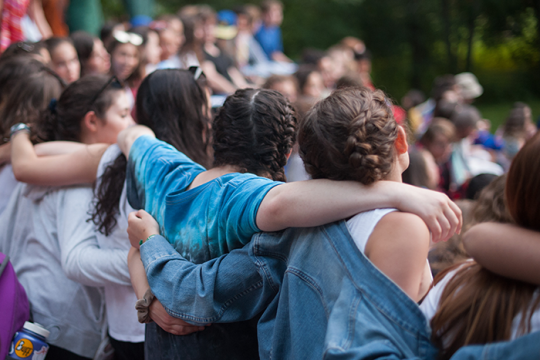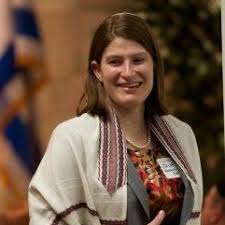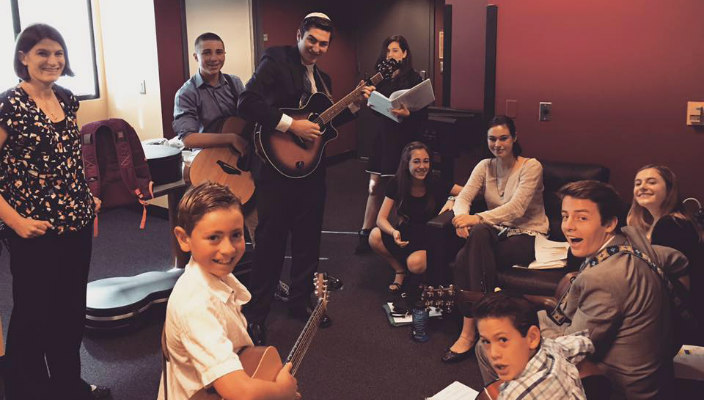
At Congregation Or Ami, in Calabasas, CA, our kids leave the High Holiday children’s services kvelling. In fact, their parents often need to pry them away from hugging the teenage service leaders who shower them with love and Jewish teachings.
Building on lessons from the Union for Reform Judaism’s Campaign for Youth Engagement, the Rhea Hirsch School of Jewish Education at Hebrew Union College-Jewish Institute of Religion, and the Foundation for Jewish Camp’s mentoring programs, our Madrichim Leadership Institute empowers our teens to take responsibility for planning and leading the High Holiday youth services. The Institute not only demonstrates that when we mentor youth toward genuine responsibility, they inevitably surpass expectations, but also leads to long-term, meaningful youth engagement within the congregation.
Here’s how it works.
Each spring, the clergy team identifies young people, especially teens, who have skills or talents such as creativity, musical abilities or leadership, among others, to form the core of five different High Holiday leadership groups:
- The art programming group integrates arts into High Holiday experiential learning.
- Madrichei shira (song leaders) lead tefilah (prayer) for youth services and accompany the cantor during family services.
- The parashah/story group creatively teaches about the Torah portion and/or shares other value-based stories.
- The para-rabbinic group (Jewish educational programmers) creates meaningful, fun activities that teach, inspire, and expand the themes of the High Holidays for the youngest congregants.
- The klay kodesh (musicians, literally “instruments of holiness) group leads music and singing during family services.
Planning begins in early summer when our rabbi/educator meets with each leadership group to define its vision, goals, and timeline, and to assign senior madrichim as captains for each group’s planning process. The groups then get busy setting objectives, researching themes and ideas, writing lesson plans, and creating timelines for completion. Mentoring the teens and watching this process unfold is exhilarating as Talmud Torah (Jewish study) intersects with l’dor vador (generational leadership). Through this process, the teens learn the nuts and bolts of leadership and that their ability to effectively engage the children they lead will determine their success.
When the High Holidays arrive, our teen leaders become managers and motivators of their fellow madrichim, guiding them in running the children’s groups, and ensuring that all the programs are fun, educational, and engaging for the young participants. Of course, there are plenty of adults on hand who are responsible for the health and safety of the youngest children. Nonetheless, it is the teens and their pre-teen apprentices who are truly engaged and responsible, not only leading all the services and doing all the teaching, but also, and perhaps most important, transmitting the essence of Judaism to the next generation.
We’ve learned a lot from this initiative, including these five important lessons:
- Establish expectations. Give teens clear expectations and they will meet or surpass them.
- Enhance success with multi-level mentoring. Mentoring of younger teen leaders by older teen leaders enhances success as the oldest teens feel responsible for preparing their younger charges to take over for them eventually.
- With positive Jewish role models at all levels, everyone wins. Young Jewish children crave role models and teens thrive when they are guided to be those role models.
- Mentoring by clergy promotes Jewish learning and teen engagement. When clergy facilitate learning by mentoring teens to lead, we ensure greater teen engagement.
- Adults should value and kvell about teens’ work. Training the community – in adult services, e-newsletters, on social media, and at board meetings – to value the teens’ work and leadership is essential if their efforts are to be emulated.
Because of these efforts, our teens and young people are intensely engaged in synagogue life and our High Holidays shine brightly. Yours can, too!
Have something to say about this post? Join the conversation in The Tent, the social network for congregational leaders of the Reform Movement. You can also tweet us or tell us how you feel on Facebook.
Related Posts
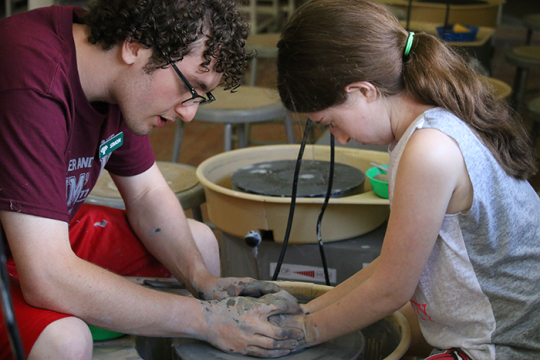
Embracing Jewish Identity, Learning to Lead: The Lifelong Benefits of Working at Summer Camp
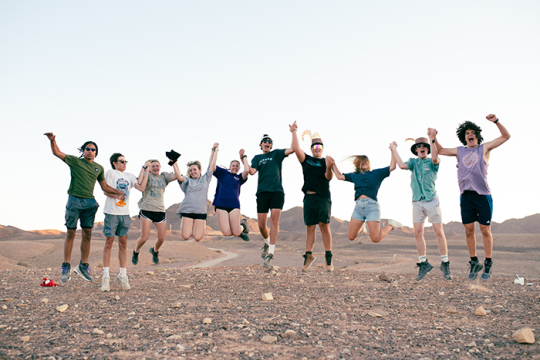
Empowering Tomorrow: The Enduring Impact of Youth & Teens in Reform Judaism's 150-Year Journey
